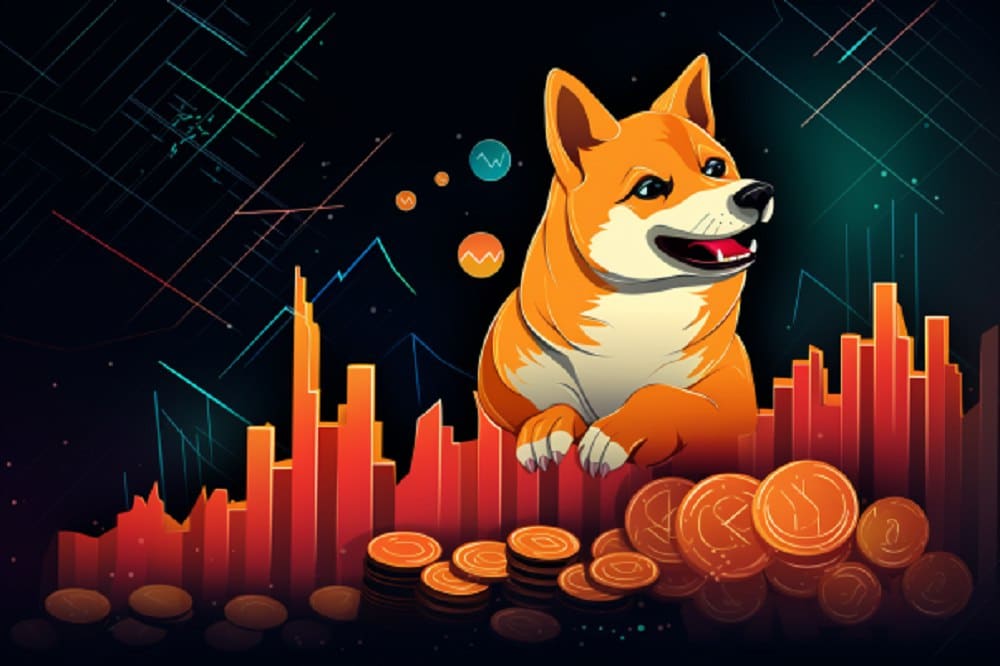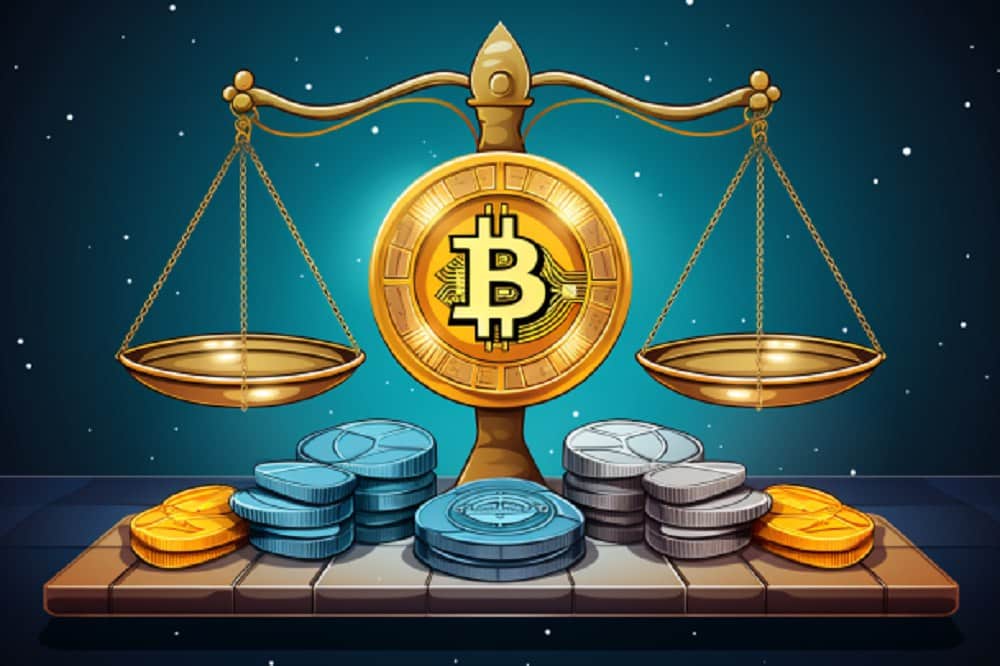Data: ₹16.39 Crore Electronic Rupee In Use Since March 2023

The E-rupee, the nation’s central bank digital currency (CBDC), had a total circulation of 16.39 crore as of March 2023, according to data issued by the Reserve Bank of India (RBI). With the E-rupee gaining acceptance and recognition as a viable digital payment alternative, this revelation represents an important turning point in India’s march toward digital money.
The E-rupee emerged as a standout digital currency while the circulation of other currency denominations, ranging from 50 paise to 100 rupees, remained below 1 percent, with estimates varying between 0.01% and 0.83%. It was gathered that one important element contributing to the E-rupee’s success is its connection with the Unified Payments Interface (UPI), a prominent real-time payment system in India.
Explaining the workings of the e-rupee, Anshika Kayastha, with Business Line news media, said that businesses that accept E-rupee payments using UPI can transfer the digital currency straight into their bank account or CBDC wallet.
Indian Central Bank Investigates CBDCs’ Potential, E-Rupee Becomes More Accessible
The E-rupee’s UPI compatibility makes it easier to make payments by using the UPI ecosystem’s already-existing QR codes. Customers can pay with E-rupee at various retailers without requiring specialized QR codes or payment infrastructure. The central bank has been aggressively investigating CBDCs’ potential and how they may help modernize the nation’s payment infrastructure.
The introduction of the E-rupee is a component of a larger initiative to offer the Indian populace a safe and effective digital payment solution; it provides advantages such as decreased transaction costs, improved financial inclusion, and increased payment transparency. The success of the E-rupee also reflects the shifting nature of digital payments in India.
This adaptability makes it possible for various enterprises to use the E-rupee, irrespective of their digital payment infrastructure. The effectiveness of India’s CBDC project and the growing acceptance of digital currencies as a reliable and practical form of payment are evidenced by the RBI’s data on the circulation of the E-rupee.
RBI Deputy Governor Says 13 Banks Already Working On CBDC Project
The Reserve Bank of India (RBI) has introduced a CBDC project wholesale segment called the e₹-W (CBDC [W]) in November 2022. It is designed to be used strictly for secondary market transactions, in trading government securities. The use of the E-rupee is anticipated to grow as it continues to gain popularity, including a broader spectrum of businesses and customers.
Rabi Sankar, the Reserve Bank of India (RBI) Deputy Governor, has revealed that 13 banks that are participating in the CBDC project for the Unified Payments Interface (UPI) capability are currently expanding it to the rest of the major 20–25 banks.
He added that it will require some more time to succeed in this. On the 15th of September, Sankar also told journalists that with the necessary interoperability now in completion, all attention is now on augmenting the transaction volume of the e-rupee.
He said the current transaction volume is over 15,000 per day, and they are working on increasing it to a million (10 lakh) in no time. He also said that they have used the last one and a half months to make the electric Rupee compatible with the UPI QR codes. He added, “Now that it is done, we have proceeded to increase the transaction rate.”
DISCLAIMER: It's crucial we tell you that the content on this page is not meant to serve as, nor should it be construed as, advice in legal, tax, investment, financial, or any other professional context. You should only invest an amount that you are prepared to lose, and it's advisable to consult with an independent financial expert if you're uncertain. To obtain more information, we recommend examining the terms of service and exploring the assistance and support resources provided by the issuing or advertising entity. Our platform is dedicated to delivering accurate and unbiased reporting, but it's important to note that market circumstances can change rapidly. Also, be informed that some, though not all, articles on our site may be sponsored or paid content.













